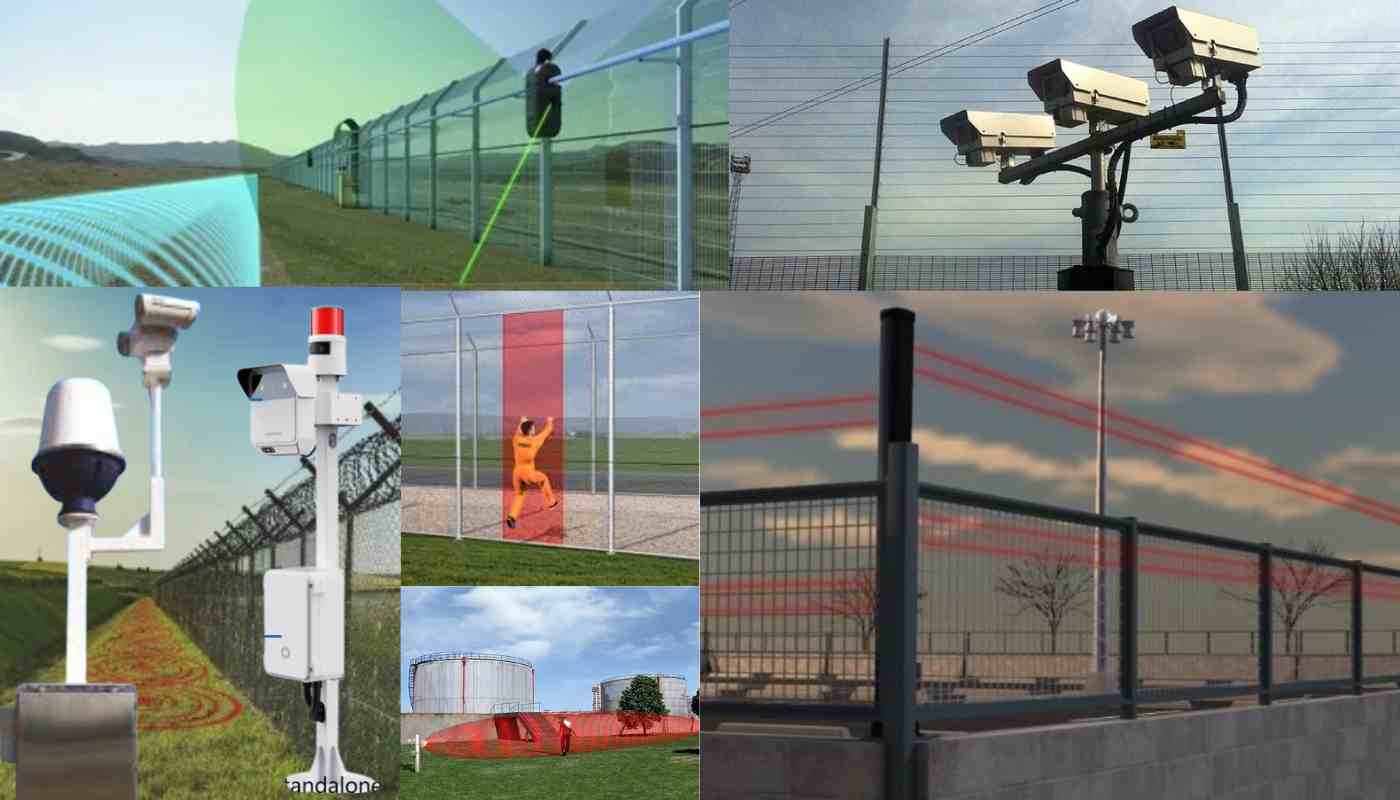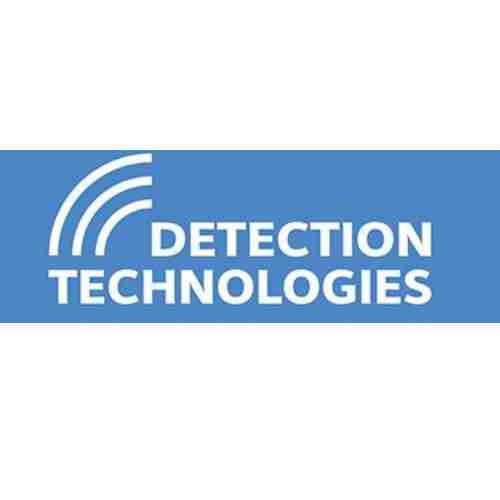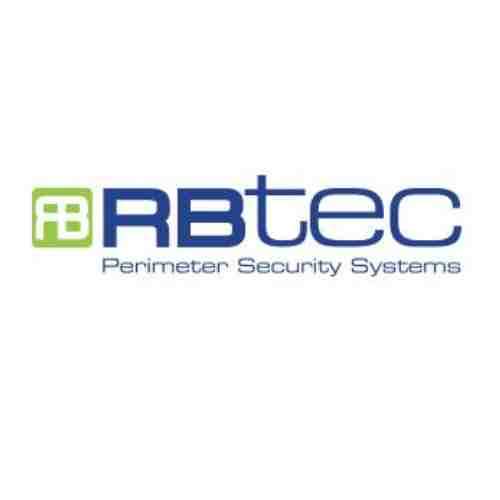Airport Security Perimeter Detection System in USA in 2025
Soaring through the skies is a marvel of modern technology, but for millions of travelers, a smooth journey begins with airport security. While we zip through metal detectors and X-ray scanners, a silent guardian stands watch over the airport’s perimeter: the Airport Perimeter Intrusion Detection System (PIDS). In 2024, these systems are undergoing a revolution, employing cutting-edge technology to safeguard critical infrastructure and ensure passenger safety.

Protecting the Airport Ecosystem
Imagine a fortress, with walls that see, ears that listen, and an unwavering vigilance. That’s the essence of a modern airport security perimeter. Here’s a closer look at the key components:
- Security Fencing: The first line of defense, these high-security fences are often topped with razor wire and bolstered with security fence sensors. These sensors can detect pressure changes, vibrations, or attempts to cut through the fence, triggering immediate alerts.
- Millimeter Wave Radar (MMW) and LiDAR: These advanced sensors paint a detailed picture of the perimeter. MMW uses radio waves to create a real-time image, revealing any movement, even in low-light conditions. LiDAR, on the other hand, utilizes laser beams to create a precise 3D map of the surroundings, pinpointing potential intruders with exceptional accuracy.
- CCTV Surveillance with Facial Recognition: Ever-watchful eyes in the sky, CCTV cameras provide a holistic view of the perimeter. In 2024, facial recognition adds another layer of security. Imagine a system that can identify unauthorized individuals or alert authorities if someone on a watchlist approaches the fence.
- Drone Detection: These sophisticated systems can identify and track drones in real-time, preventing them from entering restricted airspace. This is crucial, as drones pose a significant threat to aircraft and airport operations.
- Perimeter Security AI and Intelligent Video Analytics (IVA): The human brain is a powerful tool, but AI can analyze vast amounts of data with unmatched speed and efficiency. Perimeter security AI, coupled with IVA, can automatically detect unusual activity, analyze video feeds, and distinguish between real threats and harmless events like wildlife movement, significantly reducing false alarm rates.
Integration is Key
A well-designed PIDS isn’t a collection of independent systems; it’s a harmonious orchestra, where each component plays a vital role. Security integration ensures that all these technologies work together seamlessly. When a sensor detects an intrusion, it can trigger alarms, activate cameras to capture footage, and send real-time alerts to security personnel.
Proactive Risk Management
The ideal security system doesn’t just react to threats; it anticipates them. Security risk management involves identifying potential vulnerabilities and implementing preventive measures. For example, perimeter hardening might involve reinforcing fencing in weak spots or deploying additional security patrols in high-risk areas.
Staying a Step Ahead
The world of threats is constantly evolving. From cyberattacks targeting security systems to the ever-present threat of terrorism, airports must stay vigilant. USA Security Companies are continuously innovating, developing new technologies and refining existing ones to stay ahead of the curve.
The Rise of Smart Airports
The future of airport security is inextricably linked to the rise of Smart Airports. These airports leverage the power of data analytics, IoT (Internet of Things), and automation to create a more secure and efficient travel experience. Imagine a system that can automatically adjust security protocols based on real-time threat assessments, optimize resource allocation, and streamline passenger screening.
The Bedrock of Security
Staying within the guidelines laid out by organizations like the Transportation Security Administration (TSA) is paramount. These regulations ensure a standardized level of security across all US airports. Security consulting firms can help airports navigate the complexities of these regulations and ensure their PIDS meets the highest standards.
The Irreplaceable Role of Security Personnel
While technology plays a critical role, it cannot replace the vigilance and expertise of trained security personnel. Security guards, analysts, and first responders are the backbone of any security system. Their ability to assess situations, make quick decisions, and coordinate with other agencies is vital in ensuring the safety of passengers and airport staff.
A Collaborative Approach
Airport security is a complex challenge that requires a collaborative approach. Aviation security professionals, technology providers, government agencies, and airport operators must work together to develop and implement comprehensive security solutions.
FAQs
What are the latest technologies used in Airport Perimeter Detection Systems?
In 2024, Airport Perimeter Detection Systems (PIDS) are utilizing advanced tech like millimeter wave radar for real-time imaging, LiDAR for 3D mapping, and AI-powered video analytics to reduce false alarms and identify suspicious activity.
How does a PIDS integrate with other security measures?
A well-designed PIDS works seamlessly with other security systems. When a sensor detects a breach, it can trigger alarms, activate cameras, and send real-time alerts to security personnel for a swift response.
Who is responsible for ensuring the security of airport perimeters?
Airport security is a collaborative effort. Aviation security professionals, technology providers, government agencies, and airport operators all play a role in developing, implementing, and maintaining effective PIDS solutions.








